ELI5 How battery wattage affects vaper health February 28 2016, 1 Comment
In this blog post we will explore how varying wattage may affect your health as a vaper or e-cigarette user. To do so we will explore just one recently published paper:
"Effect of variable power levels on the yield of total aerosol mass and formation of aldehydes in e-cigarette aerosols", March 2016, link
But since its a scientific publication, it is not very readable or quick to skim through.
So let's break it down into ELI5 language (explain like I'm 5). That way anyone can quickly, in a couple minutes, gain critical knowledge to make better decisions about their health.
Please note: Battery Bro is not making any opinions or advising on any health decisions you might make. We are simply looking at one recent paper and breaking it down.
Chemicals involved in vaping
E-cigarettes (EC) work by heating a coil which is attached by a wick to a tank. The tank contains:
- glycerol (GLY), commonly referred by (VG) for vegetable glycerin
- propylene glycol (PG)
Propylene glycol (PG) is the most common liquid for ECs that is aerosolized when inhaled. Aerosolization is the process when some particles are made small and light enough so that they can travel through air (and in this case into the mouth and lungs).
The problem occurs during the heating of mixtures of glycerol (GLY) and propylene glycol (PG). During this complex process, something called Aldehydes are known to form. Aldehydes are a relatively common organic compound - that is a member of a large class of things which contain carbon.
Aldehydes that are claimed to form during the heating of PG and GLY are formaldehyde, acetaldehyde, and acrolein.
- Formaldehyde is classified by the International Agency for Research of Cancer (IARC) as a human carcinogen
- Acetaldehyde is classified as possibly carcinogenic to humans.
- Acrolein causes irritation of the nasal cavity and damages the lining of the lungs.
How does wattage affect the creation of the bad chemicals?
The paper this blog post is about, is trying to determine how watts (power) might play a role in the production of dangerous chemicals. Some questions you might ask yourself:
- Are higher-power devices more dangerous?
- Is there a safe wattage to use that doesn’t produce bad chemicals?
So far, studies have come out in two fields.
Group A has studied low power, prefilled disposable devices - often called version one e-cigarettes. These smaller devices look like a cigarette and don’t use 18650 batteries. In these studies, the aldehydes produces are much lower in comparison to tobacco cigarette smoke.
Group B has suggested that newer vaporizers, mainly those with refillable tanks and using higher power 18650 or lipo batteries may actually produce more aldehydes than tobacco cigarette smoke.
So that’s the problem, that this paper attempts to address. Who is right? And how much does wattage actually affect the production of dangerous chemicals?
Let’s look at how this study was set up
Devices
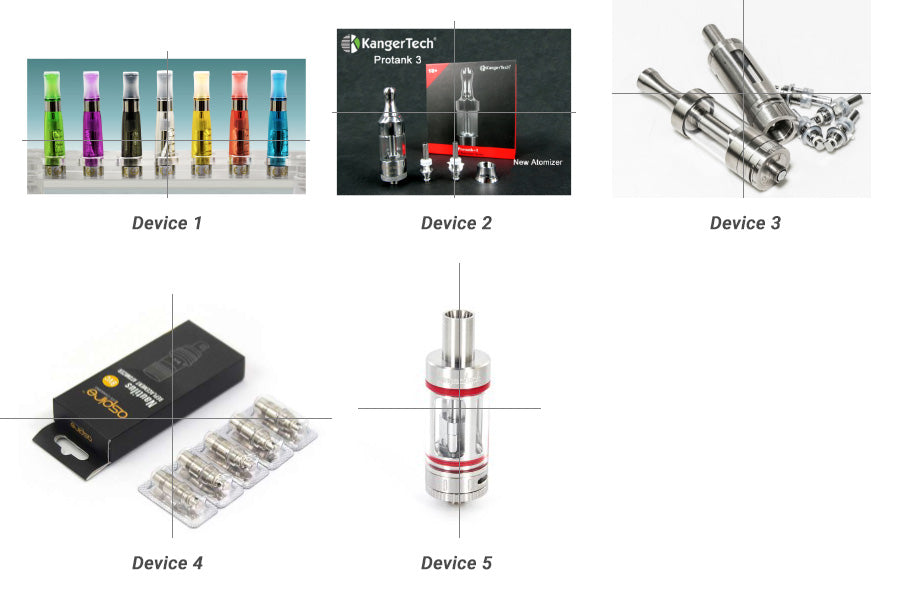
Five devices were used I’m sure many readers are familiar with:
- Single top coil, 2.8 Ω - CE4 (Vision)
- Single bottom coil, 2.7 Ω - Protank 1 (KangerTech)
- Dual bottom coil, 2.8 Ω - Gladius (Innokin)
- Single bottom coil, 2.2 Ω - Nautilus (Aspire USA)
- Single bottom coil, 0.72 Ω - SubTank (KangerTech)
Liquid
The liquid used for all tests is: 48% (wt/wt) propylene glycol (PG), and glycerin (GLY), with 2% nicotine. Liquid was never allowed to be less than half-full in the tank.
Power
The battery for devices 1, 2, 3, and 4 used was the Innokin iTaste VV4 battery. Voltages were tested at 3.8, 4.2, 4.7, and 5.0V. Device 5 used a DNA 40 at 10, 15, 20, and 25 Watts.
Mass
They calculated the total mass of the “cloud” or aerosol per each puff. Each puff lasted 4 seconds, with a wait of 30 seconds in between. By adding more power they were able to make clouds ranging from 1.5 to 28 mg.
To give you some perspective, a paperclip is 1g, so the maximum mass of the aerosols produced could be thought of as 30/1000th of a paperclip’s weight. A box of 25 puffs weighs between 38 mg to over 692 mg.
What they found
By purely comparing mass, three vaporizers were found to produce more aldehyde when more power was given to the coil. But two of the vaporizers actually had a decrease in aldehydes with increased power
The range of bad chemicals produced across all of the devices tested:
- Formaldehyde: 0.01 to 7.3 mg/g
- Acetaldehyde: .006 to 5.8 mg/g
- Acrolein: <0.003 to 0.78 mg/g
Calculating daily exposure for vapers
They averaged the amount of vape juice or e-cigarette liquid across both normal and experienced users, and found that on average, 3mL is consumed every day.
3mL of daily vape juice is approximately 3g. Multiplying the above range of figures for 3g yields the following daily range of possible aldehyde consumption:
- Formaldehyde: 0.04 to 22 mg/g
- Acetaldehyde: .02 to 17 mg/g
- Acrolein: <0.003 to 2.4 mg/g
In comparison to what is found in one pack of tobacco cigarettes:
- Formaldehyde: 1.5 to 2.5 mg/g
- Acetaldehyde: 10 to 30 mg/g
- Acrolein: 1.5 to 3 mg/g
We have made some charts with the data:
As you can see, the upper range when vaporizers are working poorly they are competing with cigarettes for toxins released.
However on the lower range of the data, you can't even see the effects of vaporizers compared to cigarettes. (You can hold your mouse over the bar to see the data for vapes).
Results the paper finds
All devices performed very differently!
- Power levels on devices did different things. Generally, more power to the atomizer increased the amount of aerosol produced. Device 1 probably didn’t have increased output at the highest power level because of insufficient liquid flow to the atomizer. This may have resulted in a “dry puff”.
Overheating the atomizer because of insufficient liquid may be the cause of aldehyde production
- Basically, the atomizer gets very hot. When this happens the liquid near it is aerosolized. But if there is not enough liquid, where does this excess heat go? In thermodynamics things ultimately flow “on the path of least resistance”. In this case, if there is not enough liquid to be aerosolized, the excess heat goes into bond breaking, which creates organic chemicals like the aldehydes.
The purpose of the paper is not to say tobacco is better, or vapes are better
- Tobacco cigarette smoke is a very well studied comparison to put aldehydes in context. It’s not to determine how either might affect your health.
Results: Devices showdown
Device 1 - Very bad
- Exceeded yield from 20 cigarettes per day at the lowest power level.
- At max power, produced formaldehyde 10 times OSHA limit
- Only exceeded acrolein exposure limit at max power
[Important note! This device was found to have a charred coil, indicating that “dry puffs” and damaged coils should be replaced immediately as they may cause increased aldehyde yield.]
Device 2 - Needs work
- Only exceeded formaldehyde yield from cigarettes at highest power level
Device 3, 4, 5 - Good
- Produced aldehydes below cigarettes
Device 5 - Excellent
- Produced less than 1% of aldehydes in 20 cigarettes
- 750 fold decrease in total aldehyde yield from Device 1
Charts
We have taken the creative commons data from the paper and made some charts so you can more easily see what is going on.
The intention is to see if wattage does increase the amount of aldehydes produces in each device so note the direction of the trend lines.
The data is comparing a vapers aldehyde consumption per day to the amount of power (watts) applied from the battery.
Problems with this paper
- Test additional devices
- Test additional PG and GLY/VG combinations
- No direct measurement of coil temperature
- No measurement of other potentially toxic substances
- Human usage conditions rather than machine puffing (eg. would someone discontinue use after tasting high aldehyde production)
Battery Bro final thoughts
The interesting effects of wattage on e-liquid are just beginning to be understood. No one really knows what is going on, and the researchers who published this paper will most likely be the first to admit that.
The paper does indicate that dry-puffs (not enough liquid on the coil) may be causing the production of chemicals like formaldehyde.
More power and higher watts may not directly make e-liquid more dangerous. However higher watts, without liquid to be efficiently aerosolized may produce more dangerous chemicals.
Thanks for reading, if you have any questions or comments please post them below.

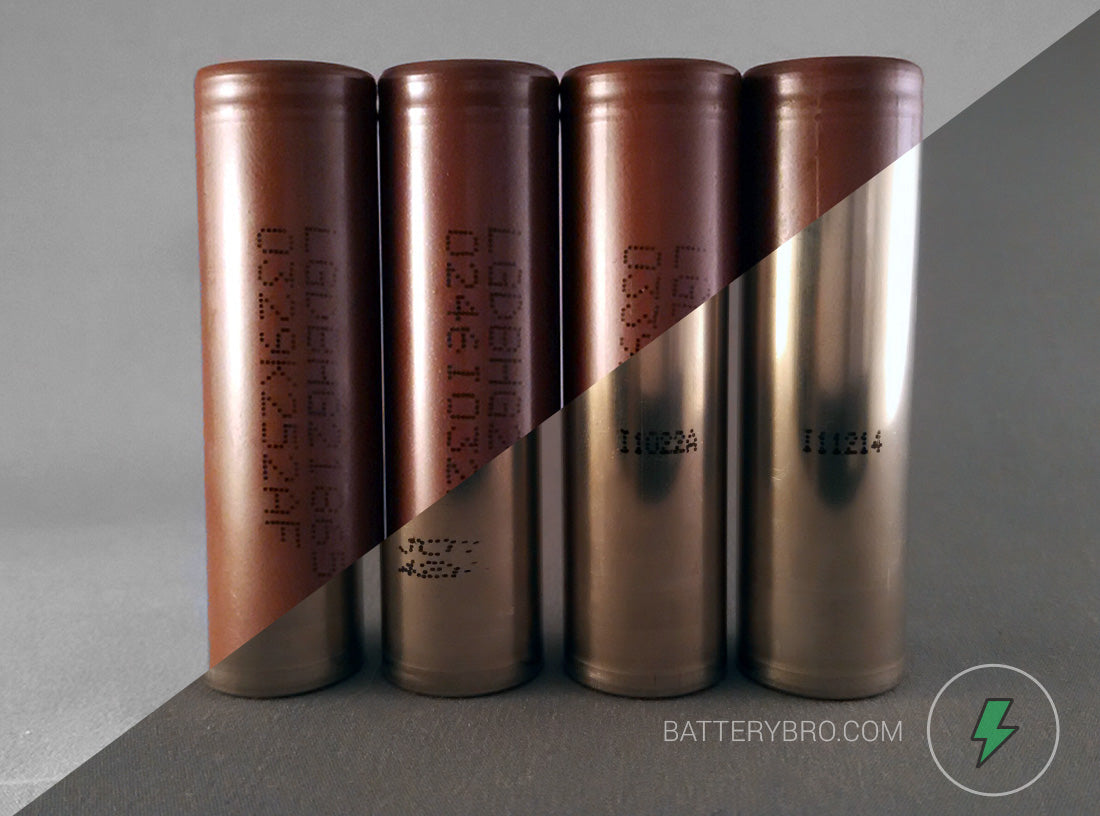



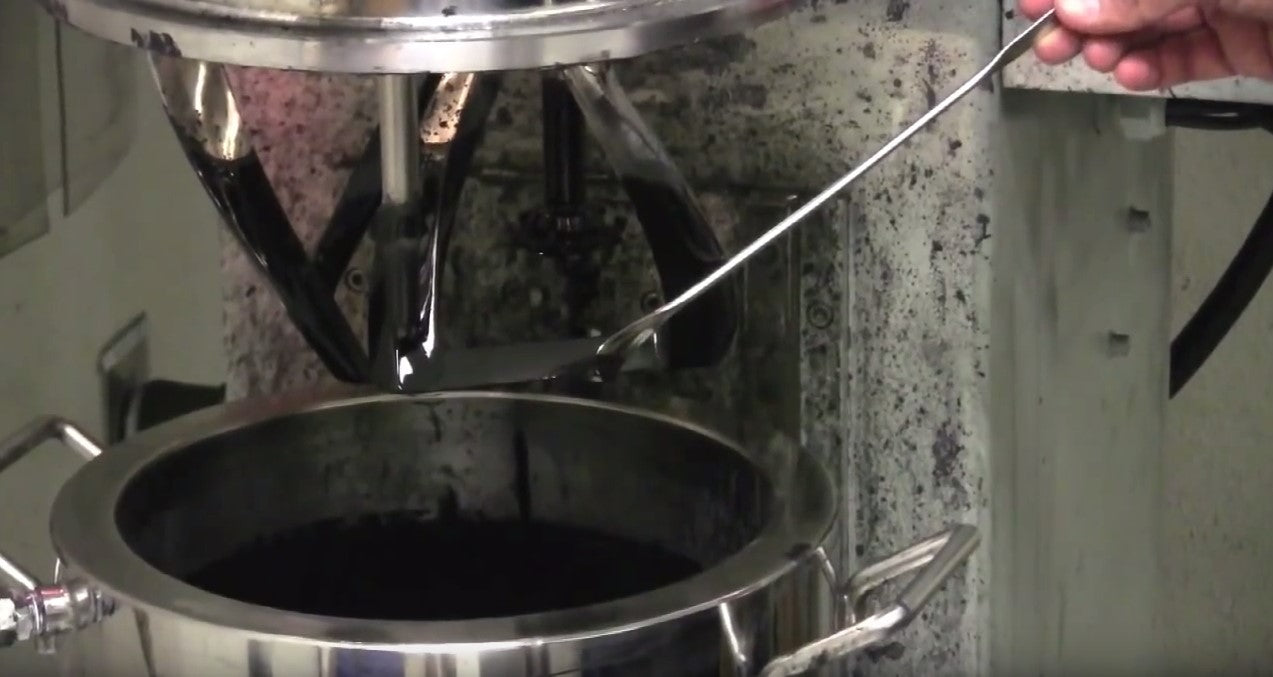
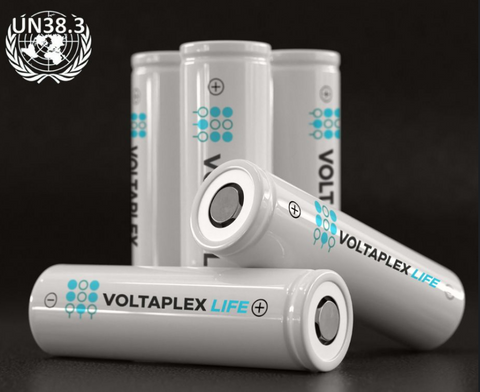
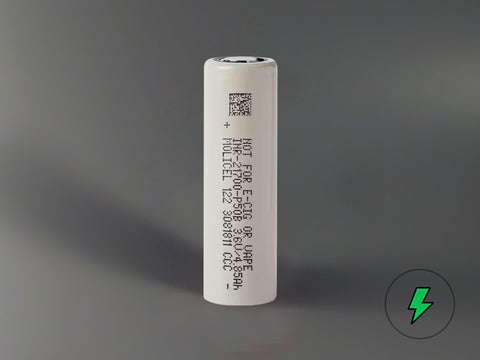
Comments
Kam on March 13 2016 at 03:54AM
As always great article. But most of the products tested are dinosaurs in the vape game and to find them u would have to go to a museum (1-4) . Only the kanger sub tank is modern. What would have helped a vapor head like myself would have been testing sub ohm tanks at different ohms and wattages and testing RDA’s ( an atomizer that didn’t hold liquid but has the dual coils and organic cotton and the ejuice is dripped on a few drops at a time). Most vapers use only an RDA or a sub ohm tank like the kanger u tested as #5. Btw u guys produce the best breakdowns of stats and knowledge of everything. Battery bro articles are like the ’92 DREAM DREAM are articles.